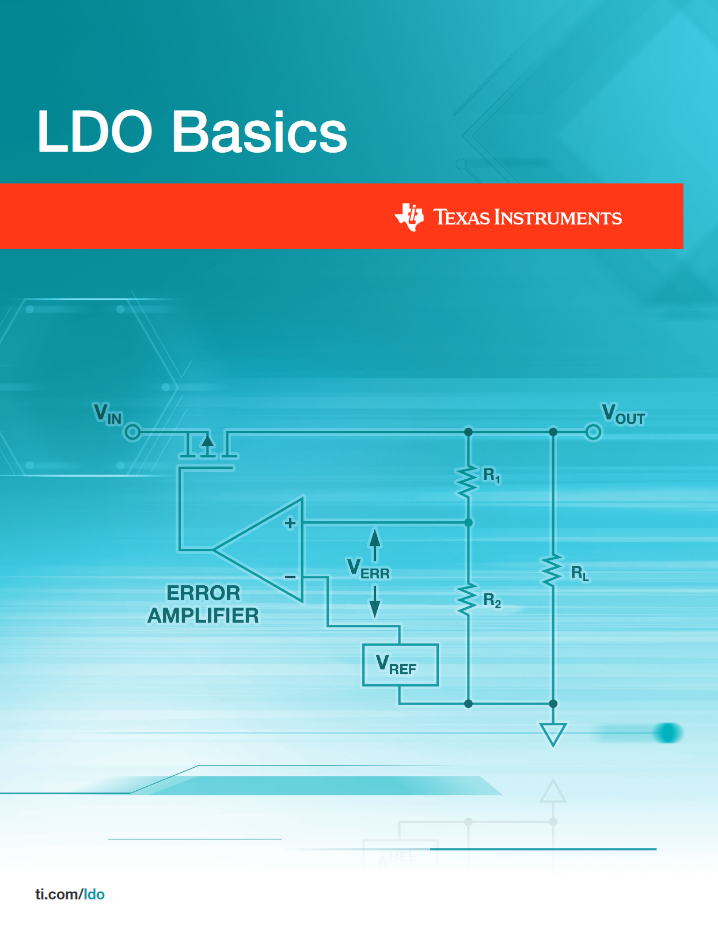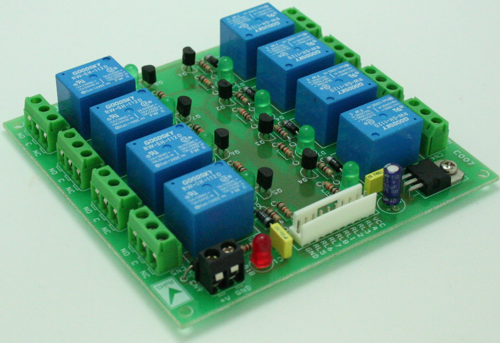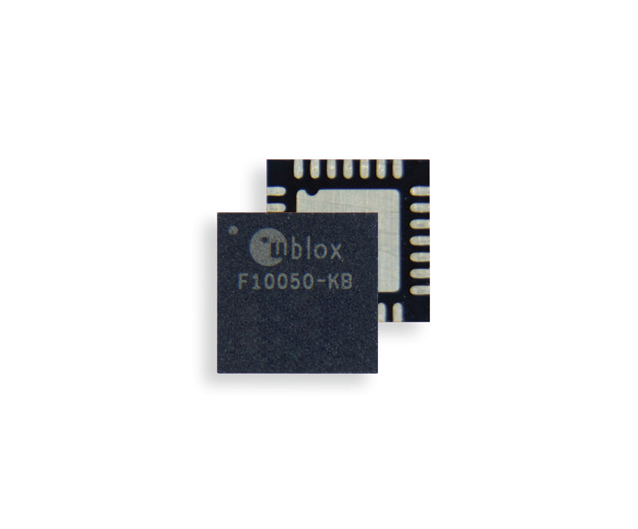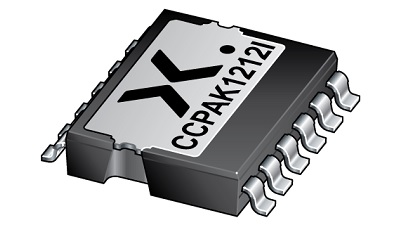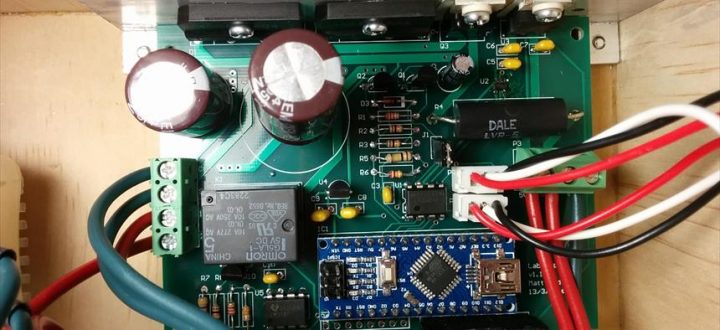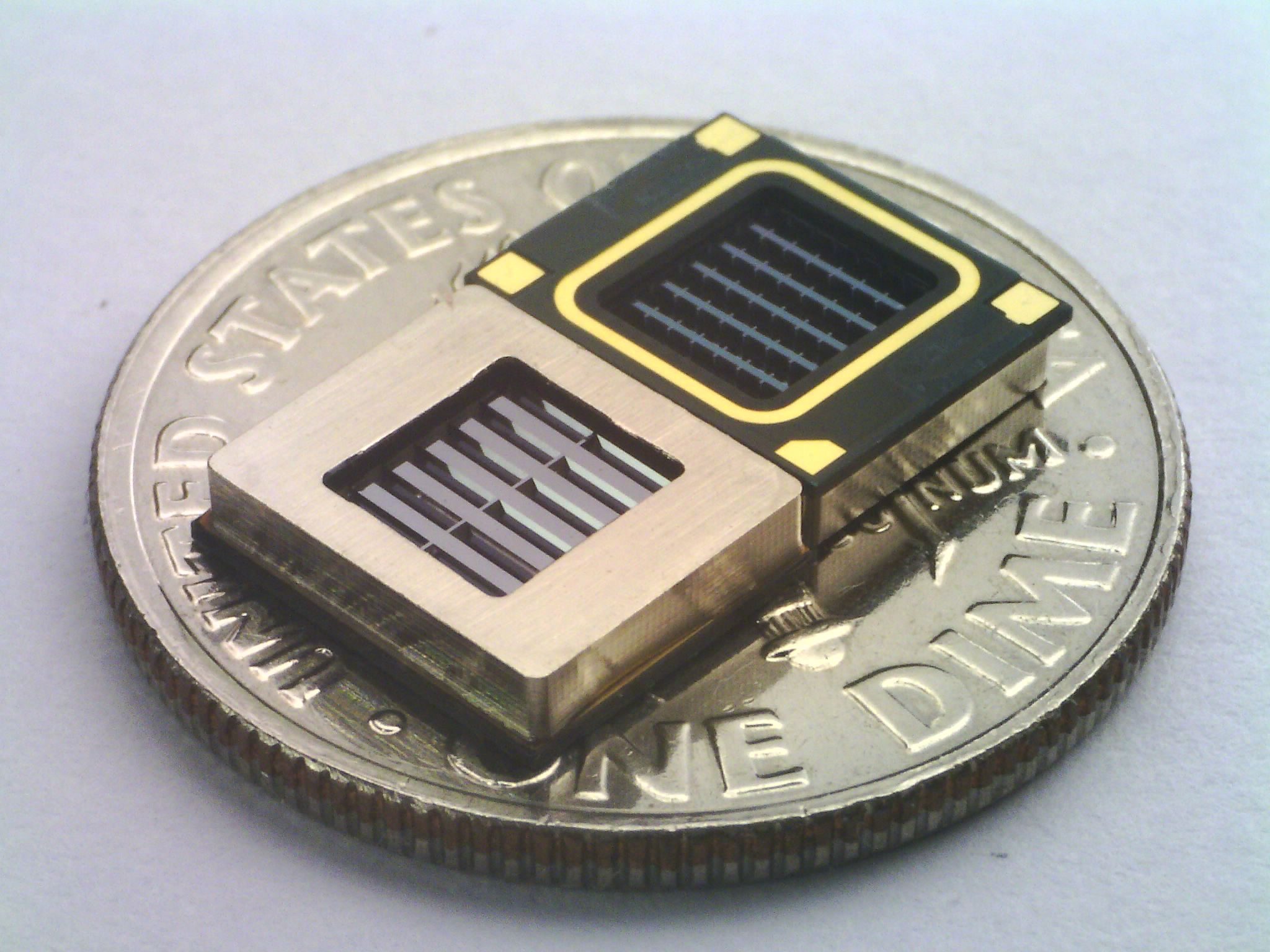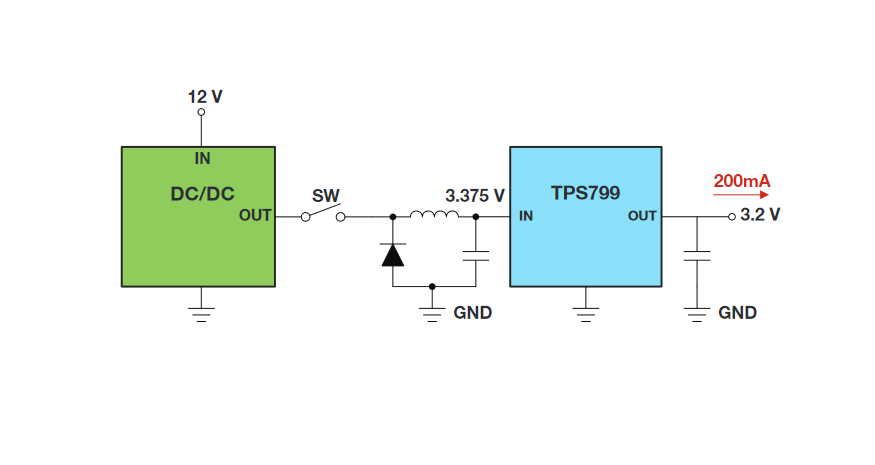
Power management is a fundamental block for all electronic systems. Without it, smartphones, computers and many other electronics we know today would not be possible. With the additional portability, computational power and the myriad of sensors implemented today comes the necessity to scrutinize power management design.
The influx of scrutiny for power designs to meet new standards means that you can no longer neglect power design by lever-aging a good enough rail without considering the consequences. What should we worry most about? What specification is critical when powering certain loads? How do you extrapolate the available information in order to determine performance under unspecified conditions? This e-book will help to address all of these questions.
Low dropout regulators (LDOs) are a simple way to regulate an output voltage powered from a higher-voltage input. For the most part, they are easy to design with and use. However, modern applications now include a wider array of analog and digital systems. In turn we are now required to pay attention to the systems and operating conditions which will determine what kind of LDO is best suited for the circuit.
This e-book provides a comprehensive overview of the basics of what you need to know and what to look for. Each chapter of this e-book was originally published as a post on the blog series, “LDO Basics,” which you can still view on TI’s E2E™ Community.
You’ll find these chapters short, to the point and easy to digest. If you’d like more in-depth explanation, there are also accompanying videos on the LDO Training Portal.





